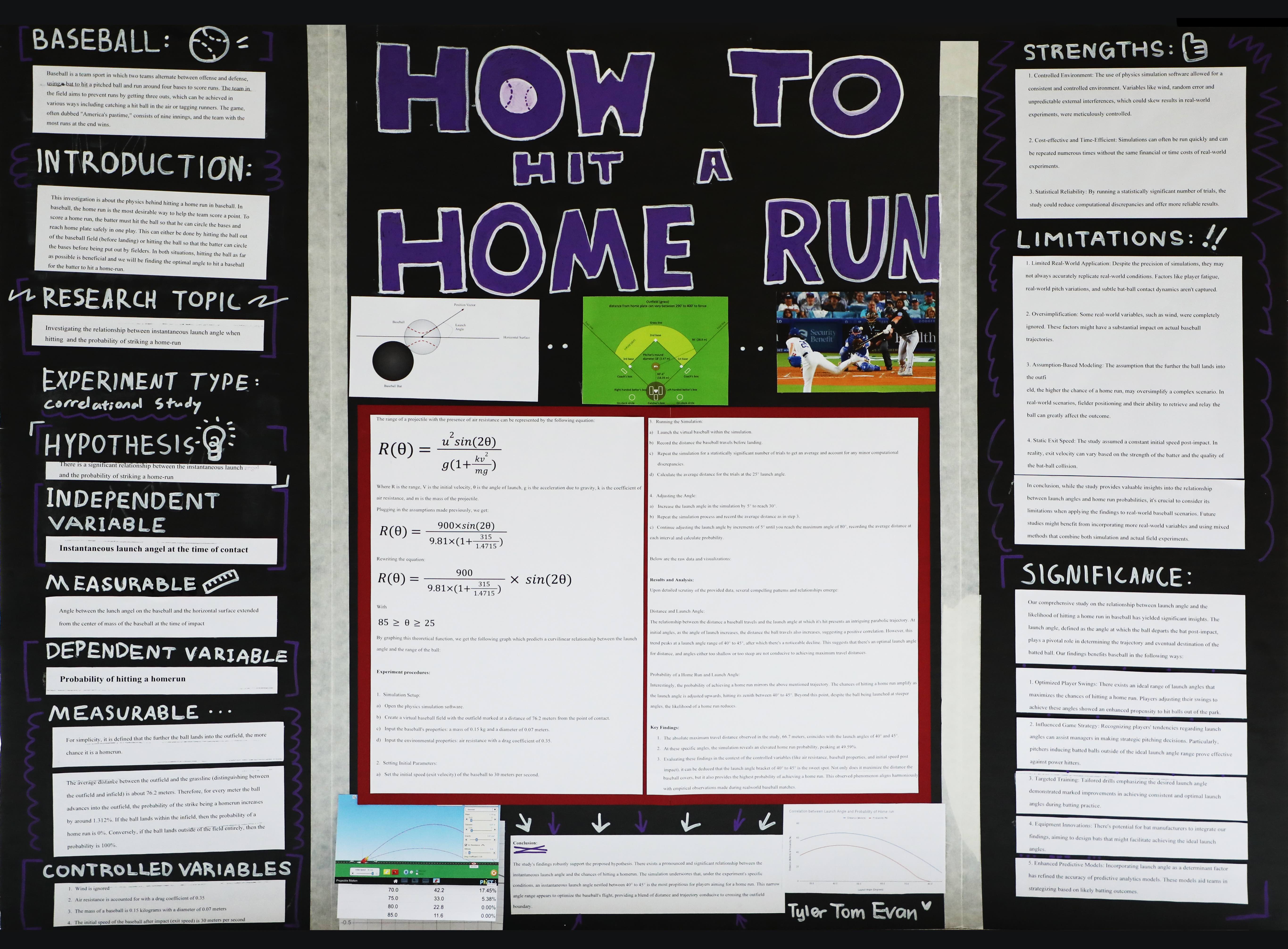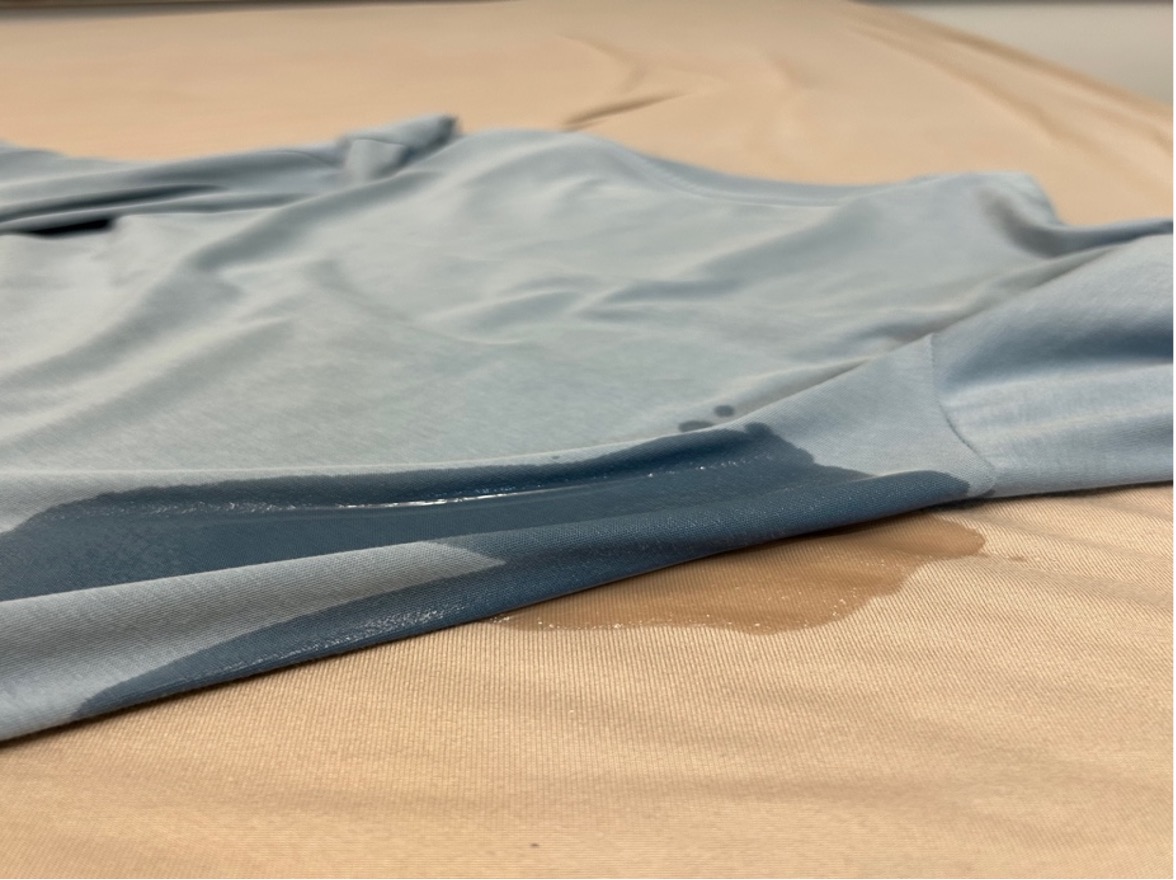Why are evening sunsets so beautiful?
Why is water so ‘sticky’?
Why do clothes become darker when stained with water?
What are the physical principles underlying different sports?
This series of ‘mysterious’ questions in life can be answered by simple physical principles.
This year, the High School Physics Department has devised a new task for students of all years: "major assignment". The purpose of this is to guide students into combining their academic knowledge with the practicalities of life. By doing so they enrich their understanding of the applications of physics, while also improving their abilities in critical thinking, inquiry, writing, and presentation.
Year 10 students were given the task of taking a photo that illustrated some physics phenomena in their lives, then explaining the physics princples underlying by writing an English essay. Since Year 11 students had recently completed a study of motion and energy for their IB programme, they were asked to work in groups to investigate the physics behind some particular sport, a task that coincided with the Asian Games in Hangzhou. Furthermore, the Physics Department plans to launch a more diverse range of major assignments in the future, such as “Rumor breaker" and "DIY challenge".

Ms Chris Jing, High School Head of Physics who designed this assignment, graduated from the Physics Department of the University of Science and Technology of China and holds a master's degree from the University of New Mexico in the United States. Ms. Jing has taught in several bilingual schools and possesses extensive teaching experience. She praised Pao School for its positive learning environment. Students exhibit a strong thirst for knowledge and great curiosity, often raising questions of remarkable acuity, and in so doing further extending the depth and breadth of their learning. Many students take part in physics competitions and study the subject beyond the scope of their regular coursework.

The student responses to this assignment have brought delights to their teachers. Here are some examples of their discoveries:
Year 11 Student Work
How to Hit a Home Run?
By: Evan, Tyler, Tom
Since all members of the group are very interested in baseball, especially Tyler and Tom who have been practising since they were young, they found the image of a baseball flying across a field a great example of projectile motion – a topic they have recently learned about in class. Asked why they chose Physics on the IB programme, Tyler shared his strong interest to find out how the universe works. Physics, with its systematic exploration of the fundamental laws of nature, has helped him quench this intellectual curiosity. Evan and Tom said physics provides a systematic framework for analysis of the world, and taught them how to connect the abstract beauty of theoretical concepts with practical, real-world applications, which is also valuable for every other subject. “Even as a social science student, I feel obligated to learn about physics, in order to have a sneak peek of the scientific realm," Evan says.

How to Become Faster in Road Cycling
By Avery and Aiden
Avery and Aiden brought a bicycle to the classroom for their presentation. The theme of their project was "How to Become Faster in Road Cycling". Through this project, they hoped to raise awareness about the emerging sport of road cycling, as well as to understand the physics behind the tactics used by its athletes under different terrain conditions, such as how greater speeds can be attained by correct application of physical principles.

Physics in Tennis
By Leon, Henry, Oscar
As a member of Pao School’s tennis team, Henry was in no doubt about where to focus the assignment. With his team members, he decided to study the circumstances under which a tennis shot would remain within bounds. The group quickly discovered that there were too many influencing factors to manage neatly, in order to arrive at an elegant formula. The online literature tends to focus on single variable only, with limited quantitative results, so they fell back upon making a poster for themselves, describing the relevant factors. This presentation format was a great exercise in group work. After printing out all the content, they realised it didn't fit together well, and was far more difficult to edit than electronic documents, so they spent a whole study hall session together working on an effective layout for their information.

Year 10 Student Works
The Phenomenon of a Pink Sky
By Leo

Leo originally took this photo and intended to use to capture moments in his life, but quickly realised it would work well for the physics project. The greatest challenge was explaining the physics of the sky colour in scientific yet easily understood language, and he spent a lot of time on his wording for the explanation.
The phenomenon of a pink sky, often observed during sunrise or sunset, can be explained by the interaction of sunlight with Earth's atmosphere. Sunlight is composed of a spectrum of colors, which we see as white light. This spectrum ranges from violet and blue light with shorter wavelengths to red and orange light with longer wavelengths. When sunlight enters Earth's atmosphere, it interacts with air molecules, dust, water droplets, and other small particles in the atmosphere, which causes the light to scatter in all directions, a phenomenon known as dispersion. The shorter wavelengths of light, such as violet and blue, are scattered more effectively by the smaller atmospheric particles and air molecules. This ‘Rayleigh scattering’ is responsible for the blue colour of the normal daytime sky. Since blue light is scattered in all directions, we see it coming from all parts of the sky during the day. During sunrise and sunset, the sun is near the horizon, and its light has to pass through a larger portion of the Earth's atmosphere to reach our eyes. As a result, more of the shorter wavelengths (violet and blue) are scattered away, leaving behind the longer wavelengths (red, orange, and pink) to dominate the sky's colour.
Water Adhesion: A Fascinating Interaction
By Thomas

Thomas found that the assignment taught him to present ‘abstract’ physics concepts in an interesting way. Creating his poster gave him a deeper understanding of the phenomenon of water adhesion, teaching him more about science along the way. The combination of graphics and text made the information more vivid and easier to understand than would a traditional text, another lesson he expects to be valuable for his future studies.
Water, an essential element of life, constantly engages in remarkable interactions with the world around us. One captivating example is adhesion, in which water appears to ‘stick’ to surfaces like our skin. Understanding the underlying physical principles behind water adhesion adds depth to our appreciation of this intriguing occurrence.At its core, water adhesion is a consequence of two fundamental physical principles: cohesion and surface tension. Cohesion refers to the attractive forces between water molecules themselves, while surface tension is the result of these cohesive forces acting at the water-air interface.
Cohesion plays a central role in adhesion because it causes water molecules at the surface to bond together. When you place your hand in water, the water molecules on your skin adhere to it. This is possible because water's cohesion extends beyond its own molecules, allowing it to bond with other substances, like your skin. The adhesive forces between water and other materials (in this case, your skin) are strong enough to overcome gravity, resulting in water ‘sticking’ to the surface.
When you withdraw your hand from the water, both cohesion and adhesion work together to create the fascinating effect we observe. The water molecules adhering to your skin are carried along due to adhesion. Meanwhile, the cohesive forces between water molecules ensure that more water from the surrounding area is drawn along as well. Consequently, you experience water seeming to ‘stick’ to your hand for a brief moment after withdrawal.
Why does your Shirt Look Darker after Water is Spilt on it?
By Alex

In the week before Alex undertook the physics assignment, the phenomenon of total reflection had been covered in his physics class. Therefore, the knowledge was still fresh in his head. Unsure what to choose for his physics photography, he accidentally spilled a glass of water, and noticed the colour of his jumper had been darkened when it got wet. It occurred to him that this might be a total reflection phenomenon, with light being trapped in the water.When I accidentally spilled water onto my shirt today, I saw it turn darker. Why? It turns out that it is a physical phenomenon I have recently studied that is responsible for darkening my shirt.
The reason that we can see a blue shirt is because the shirt reflects blue light and absorbs other wavelengths of light. After water was spilled onto my shirt, a layer of water film formed on top of it. Water is a denser medium than air, so light travels more slowly through water. When light reaches the shirt, it is reflected back, but some of the light will remain trapped in the water film due to total internal reflection.
We know that due to the difference in the density of the two mediums, when light travels from water into air, it will be refracted away from normal; in other words, the angle of refraction will be larger than the angle of incidence. As the angle of incidence gets larger, the angle of refraction eventually reaches 90 degrees, and the light is unable to escape the water! According to my calculations, if the angle of incidence is larger than approximately 48.5 degrees, light will be totally internally reflected. Due to total internal reflection, the light rays that have an angle of incidence equal or larger than 48.5 degrees will not be seen by us, causing the shirt to look darker.